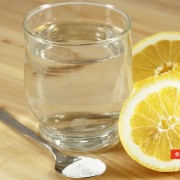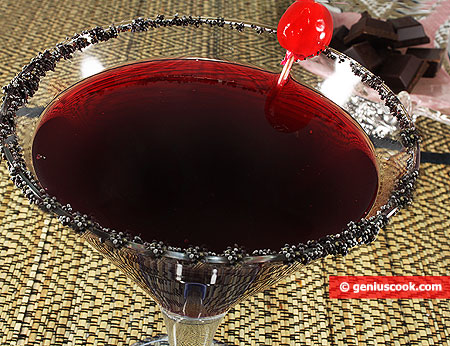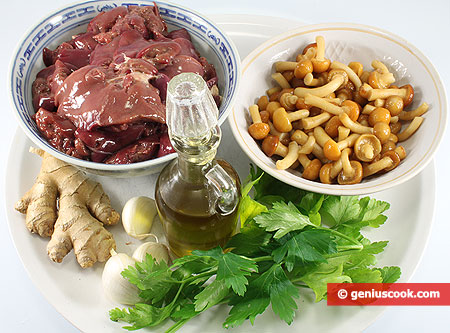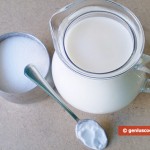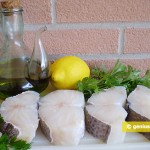Balsamic Vinegar – What Is It?
Do you know the origin of balsamic vinegar, its production and wholesome properties? If you don’t, you may want to learn more about this mysterious product.
The areas where vinegar has been produced for many centuries are provinces Modena and Reggio-Emilia excepting mountainous Apennine areas. It is believed that the micro climate of places higher than 300 ft above the sea level has no properties necessary for its production.
The best and most expensive balsamic vinegar comes from Modena. Aceto balsamico is regarded as precious food like white truffles and black caviar. The real balsamic vinegar is dark, syrup-like, smooth and shiny, with a unique velvety sweet-and-sour taste. It lends charm to any dish, and even the simplest meal will acquire new flavors when dressed with it.
Balsamic vinegar is made from grapes of trebbiano and lambrusco sorts from vines grown in the province of Modena.
Research showed that this late-growing sort is suitable for making balsamic vinegar owing to a high sugar concentration. The soil where it grows is slightly limy, rich in macro- and micro elements, and the climate is halfway between mediterranean and continental. All this affects the composition of the must and the activity of the acetic acid micro-organisms. Trebbiano is especially receptive to producing yeast and vinegar bacteria which makes it a perfect raw material for vinegar making.
There will be more detailed information about the traditional methods of the production of balsamic vinegar and its properties in the following article How Balsamic Vinegar is Prepared.
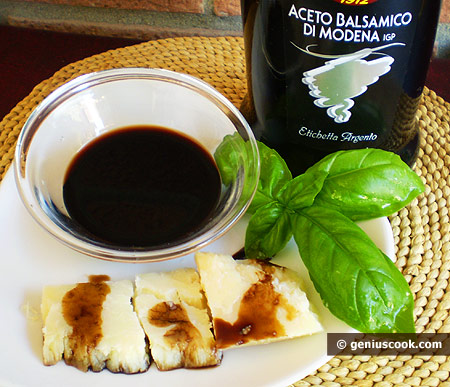
Balsamic Vinegar

